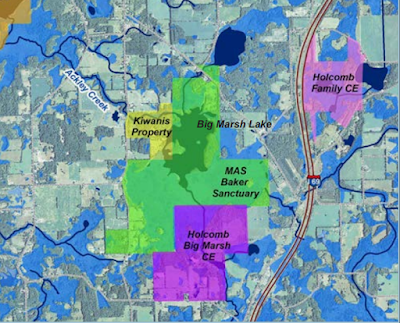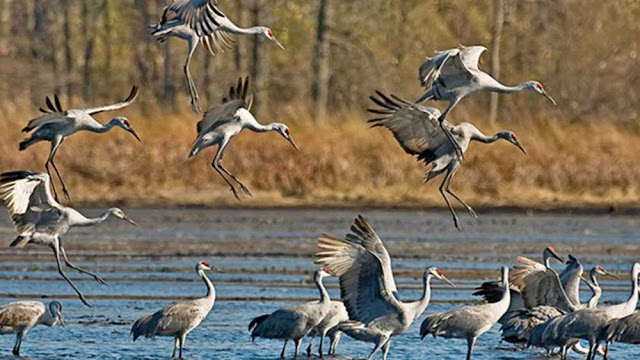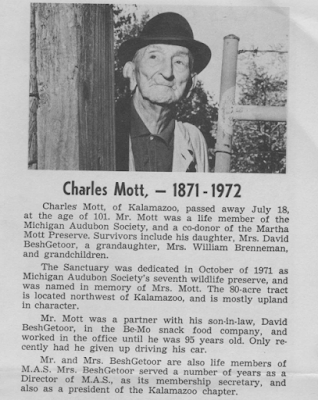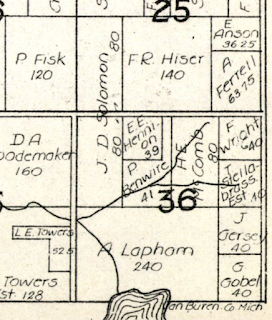The Otis's of Glass Creek
This appeared in Vol. IV Issue 6 Nov/Dec 2006 edition of The Dragonfly (publication of Michigan Audubon Otis Sanctuary)
Around 1855 three Otis brothers, Feril, Philander, and Parshal came to Glass Creek in South West Rutland Township. Of all their hundreds of descendants, only Robert (Bob) H. Otis, grandson of Parshal and son of Fred and Luella Otis, still lives in the area, on the family farm. Gone are Feril and Philander, their farms now part of the State Game Preserve, the fine, big houses, their large families scattered. The name lives on in Otis Lake and Otis Lake Road. The site of the old Otis Schoolhouse is lost in second growth forest.
Parshal Otis did not settle down immediately but worked in the lumber camps north of Grand Rapids. In time he married Betsey Foreman by whom he had four sons: Fred (our father), Clarence, Delbert, and Ray. They lived on Otis Lake Road, the spot marked now only by a great, spreading lilac bush.
In 1880 they moved east of Glass Creek to a farm consisting of a great marsh along the creek, the rest glacial hills. Here, in 1886, our father married Luella Havens and took on the farm, the mortgage, and the care of his aging parents. And here their children were born, all twelve of them.
It was against the advice of his anxious uncles that our father determined to make a go of farming those hills. But he loved that marsh and those hills and they were his.
In the early years he taught country school in the winter term, and he could always add to the farm income doing things for neighbors, which they couldn't. He could hang paper, work with concrete, butcher - whatever was needed. He was a good salesman too, and he sold hand powered washing machines, home lighting equipment, milking machines, furnaces, silos, plaster, stock in several creameries.
Fred Otis was a good farmer, and because he respected the land it cooperated with him. With good farm practices he built up his soil until it produced crops of which he could be and was, proud.
Bob, like his father, loved the marsh and the hills and all the creatures that live there. He, too, was a good farmer but gave it up to be a carpenter and skilled worker with wood.


 The brewery was at Haehnle Hill on Cooper St. where the I-94 interchange now sits. For more photos brewery history see: Peek Through Time: Raise a glass to Jackson's Haehnle Brewing Co., one of the city's originators of craft beer - mlive.com
The brewery was at Haehnle Hill on Cooper St. where the I-94 interchange now sits. For more photos brewery history see: Peek Through Time: Raise a glass to Jackson's Haehnle Brewing Co., one of the city's originators of craft beer - mlive.com












































